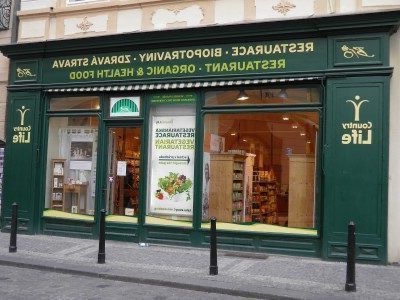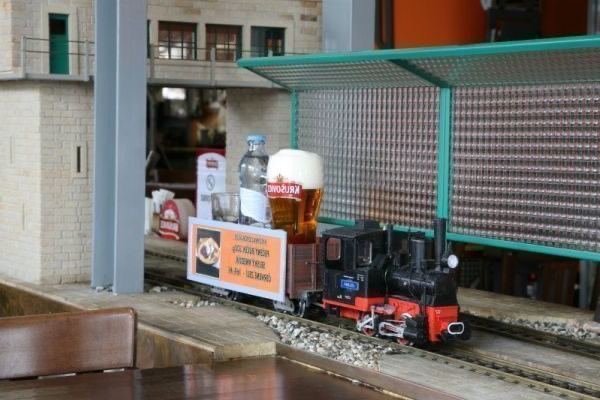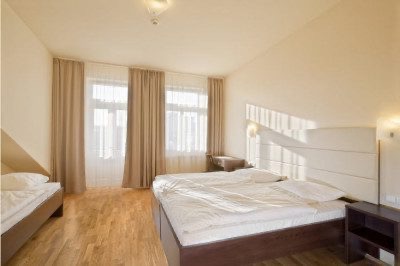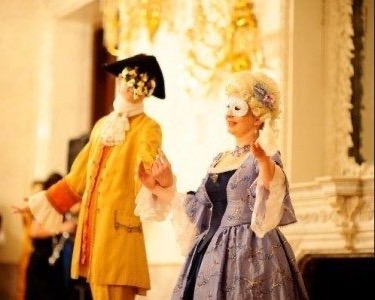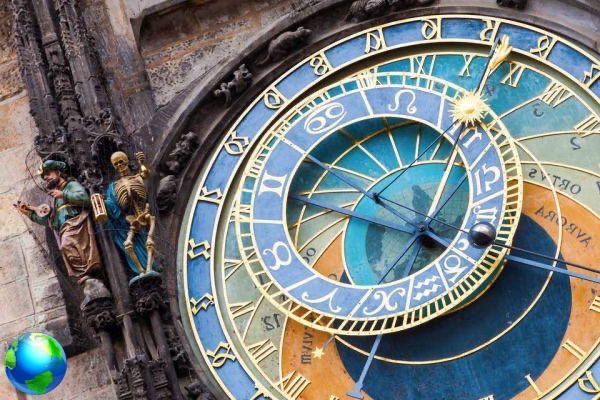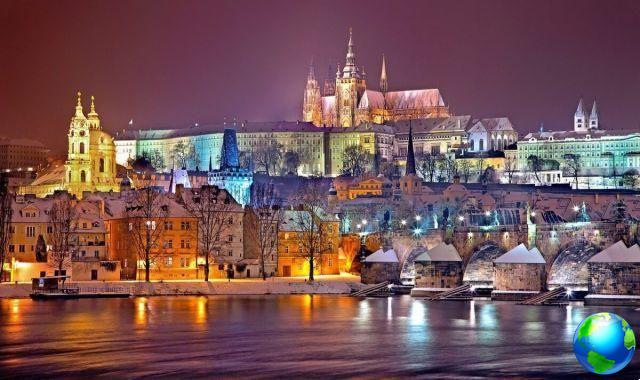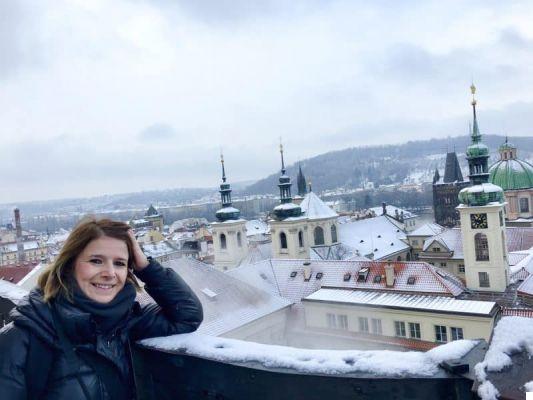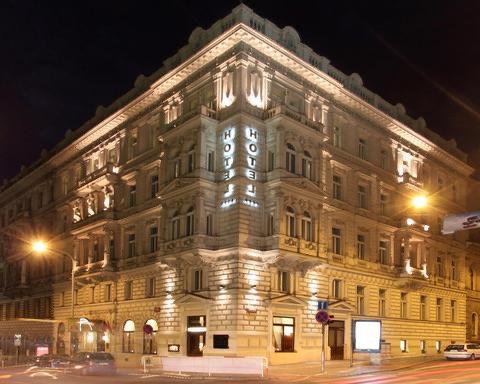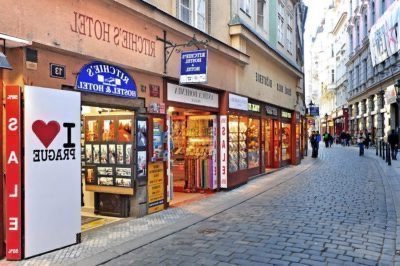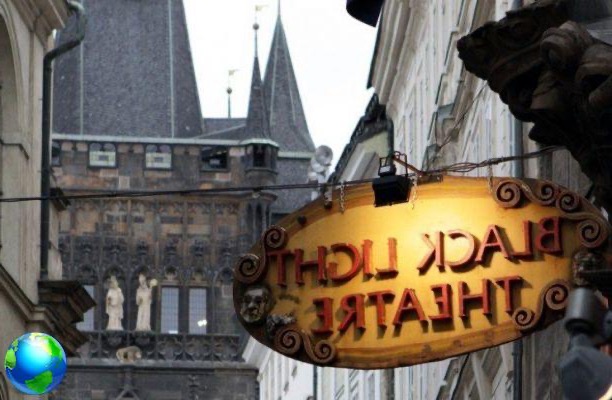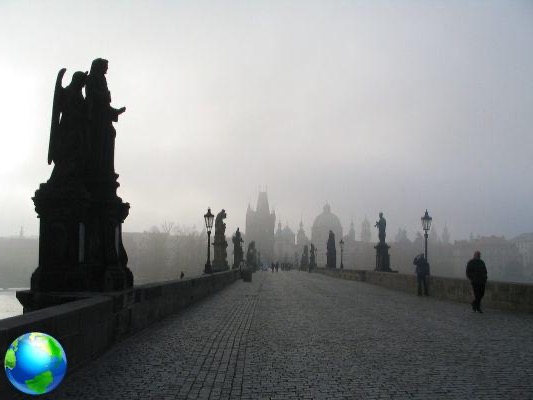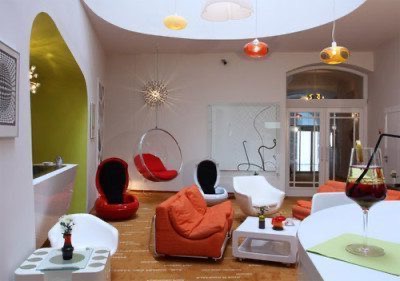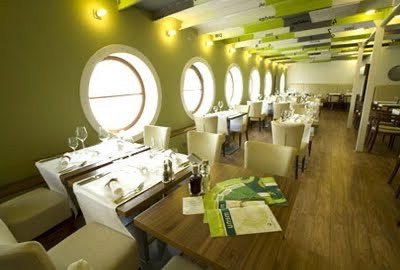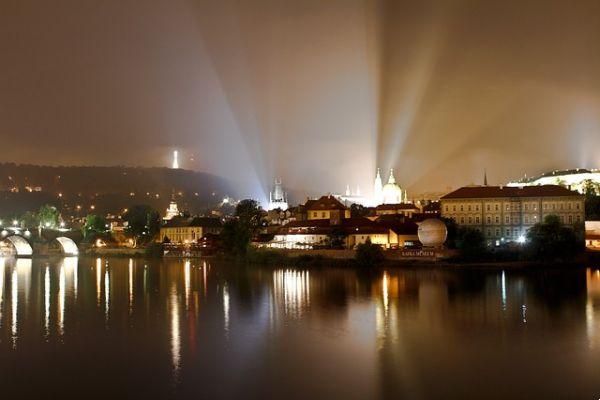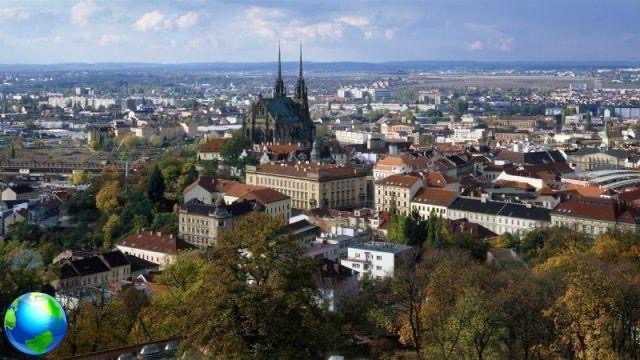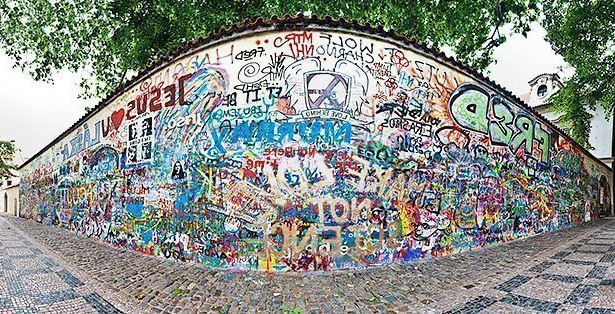
Carlo bridge, in Prague. One of the main symbols of the city. Emblem of worldly chaos, crowded with tourists walking protected by the numerous statues that act as handrails. Stalls of local handicrafts and souvenirs on every corner, street artists enliven the atmosphere. It is a place of celebration, of noisy coming and going. It unites the old quarter, Stare Mesto, on the eastern bank of the Vltava, recognizable by the presence of the most beautiful Gothic tower in Europe, to the small area, Malà Strana, on the western bank of the river, characterized by two towers, the lowest Romanesque and the highest, joined by a cusp passage.
Thinking of Charles Bridge, it is natural for me to recall the image of a carousel, colorful and with the strangest movements, with loud music and a continuous ups and downs of people. Carousel located in a quiet and peaceful square, in stark contrast to it. Or I think of the thermal baths Széchenyi of Budapest, where you pass from the warmth of the water to the cold outside temperature. Therapeutic, of course. A pleasant thermal shock, undoubtedly. But still the juxtaposition of two contrasts. Here, getting off the Charles Bridge and entering the Malà Strana district is a bit like that. Suddenly it seems to be somewhere else, another atmosphere, another rhythm. Everything flows slower, everything is more relaxed. Less crowds, less noise, less tourism, more real life, in my opinion.
Among narrow streets overlooked by the characteristic colored houses of Prague, let's head to Velkopřevorské náměstí, the Grand Priory Square, to see the John Lennon Wall. Today owned by the Knights of Malta, the wall is full of graffiti and writings that recall songs by the historic Beatles leader. Its significance, however, goes far beyond mere musical re-enactment. John Lennon, after his death, became a symbol of peace and freedom. Ideals that, in the Eighties, the young people of Prague, forced to live under the dictates of a communist regime whose political strategies they did not share, adopted as their own and on that wall they represented them in the attempt of moral redemption and continuation of the peaceful struggle undertaken by Lennon and abruptly interrupted by his murder. The communist regime repeatedly tried to boycott these artistic manifestations, but what that obscured at night, young people repainted during the day. Being there, in front of that wall, is a strong emotion, of undisputed historical value, which young people from all over the world, in an attitude of composed respect, allow themselves during their visit to the city.
Well, full of sincere emotion, we leave the Grand Priory Square and turn in the direction of Hroznová to enter, almost immediately, on U Sovových mlýnů and find ourselves, as if by magic, on theKampa Island (Na Kampě). Embraced by the Vltava to the east and Čertovka to the west, it is also remembered as the Little Venice of Prague. The Čertovka is an artificial canal that owes its name to a possessed woman who lived in that area. It was built for power the numerous mills, typical of the island, where women once used to wash linen. The Little Venice of Prague is full of parks where you can stroll, rest on the benches or maybe read a good book lying on the grass.
Her baroque palaces they house several restaurants and pubs where you can eat excellent fresh fish at a good price, as well as numerous night clubs. On the island we find, imposing and extravagant, the Kampa Museum. It's hard not to notice. Huge statues of crawling children announce their presence. Inside an old mill, whose structure has not been distorted by the numerous works of renovation, it houses both temporary and permanent exhibitions of contemporary art from Central Europe, the Czech Republic and the former Eastern European block, in particular. An architectural jewel, in which numerous windows and terraces illuminate the works and large metal walkways cross water channels.
Well, from U Sovových mlýnů, heading north, let's get onto Na Kampě and follow it until, in front of us, we see, again, the double flight of stairs of the Charles Bridge. We pass under the bridge, to the left of the ramp, and on the right, we recognize the Čertovka canal, this time from its northern side. Here, Little Venice gives way to Rome: numerous colored padlocks, testimony of promises of eternal love, are attached to the railings of the bridge over the Čertovka, as happens in Rome, on the more famous Ponte Milvio. Have you ever seen a Prague like this?




